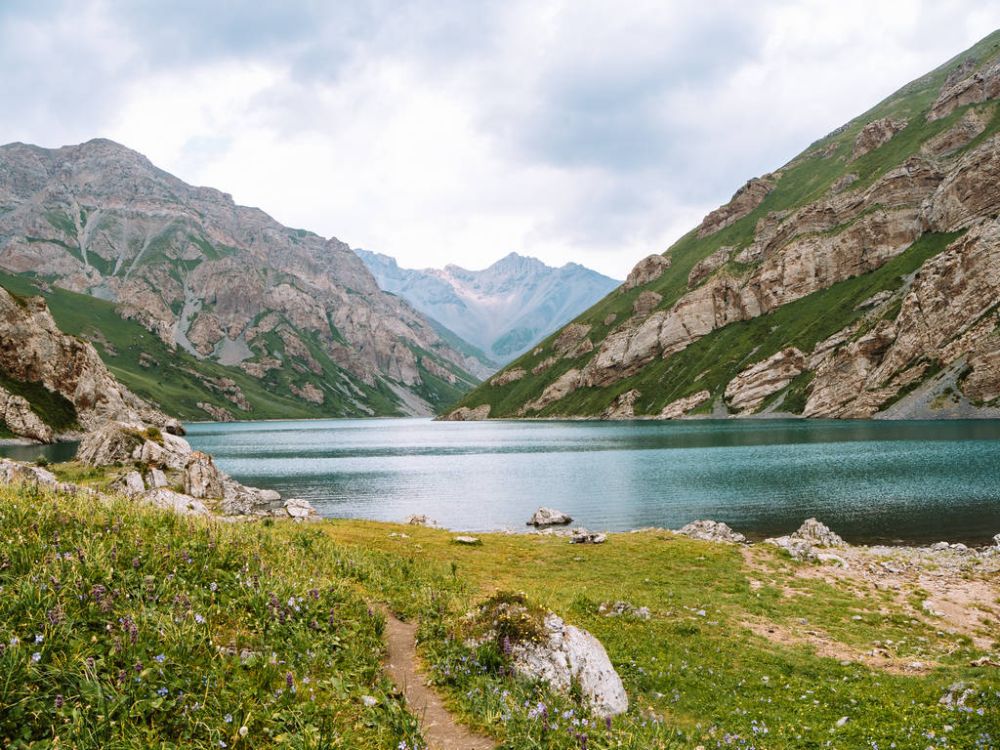

The Kara Kujur Valley, nestled in the heart of Naryn Province of Kyrgyzstan, is an enchanting destination that has been catching the attention of adventurers and culture enthusiasts for many years. The valley's tourism history, although not extensively documented, has been influenced by the natural allure of the region and the Silk Road legacy.
Historically, tourism in the Kara Kujur Valley took a backseat to more accessible locations closer to major cities and the famed Silk Road routes. However, the untouched beauty of the Tien Shan mountains and the cultural richness of the Naryn region were bound to attract visitors eventually. By the late 20th century, with the waning of the Soviet Union and Kyrgyzstan's subsequent independence, the country began to open up more to international visitors, and places like Kara Kujur Valley started to gain more recognition.
As global interest in Central Asia grew, so did Kara Kujur Valley's visibility on the world map. The turn of the 21st century saw a slow but steady increase in tourism as intrepid travelers sought out Kyrgyzstan's pristine landscapes, unique cultural experiences, and the opportunity to explore off the beaten track. The valley, with its sweeping vistas, traditional yurt camps, and ample trekking opportunities, became a hot spot for eco-tourism and adventure travel.
In recent years, sustainable travel and community-based tourism have become increasingly important in the Kara Kujur Valley. Tour operators and local communities are collaborating to create experiences that not only preserve the environment but also benefit the local population economically and socially. Tourists are more aware and respectful of the delicate ecological balance and the cultural heritage of the Kyrgyz people.
Another trend that has been impacting tourism in the valley is the rise of digital nomadism and the search for remote work-friendly destinations. With the COVID-19 pandemic encouraging remote work, Kara Kujur Valley, Naryn, and Kyrgyzstan as a whole have seen growing interest from those looking to combine work and travel.
As tourism continues to evolve in the Kara Kujur Valley, the focus on maintaining a balance between developing the local economy and preserving the natural and cultural resources is vital. With the Kyrgyz government and international agencies working to promote tourism that benefits all stakeholders, the valley's tourism history is poised to enter a new chapter, one that embraces responsible growth and celebrates the extraordinary spirit of this Central Asian gem.
Whether one is after a quiet retreat in the mountains, an adrenaline-fueled adventure, or a deep cultural immersion, the Kara Kujur Valley awaits with its timeless appeal and a promise of an unforgettable journey.